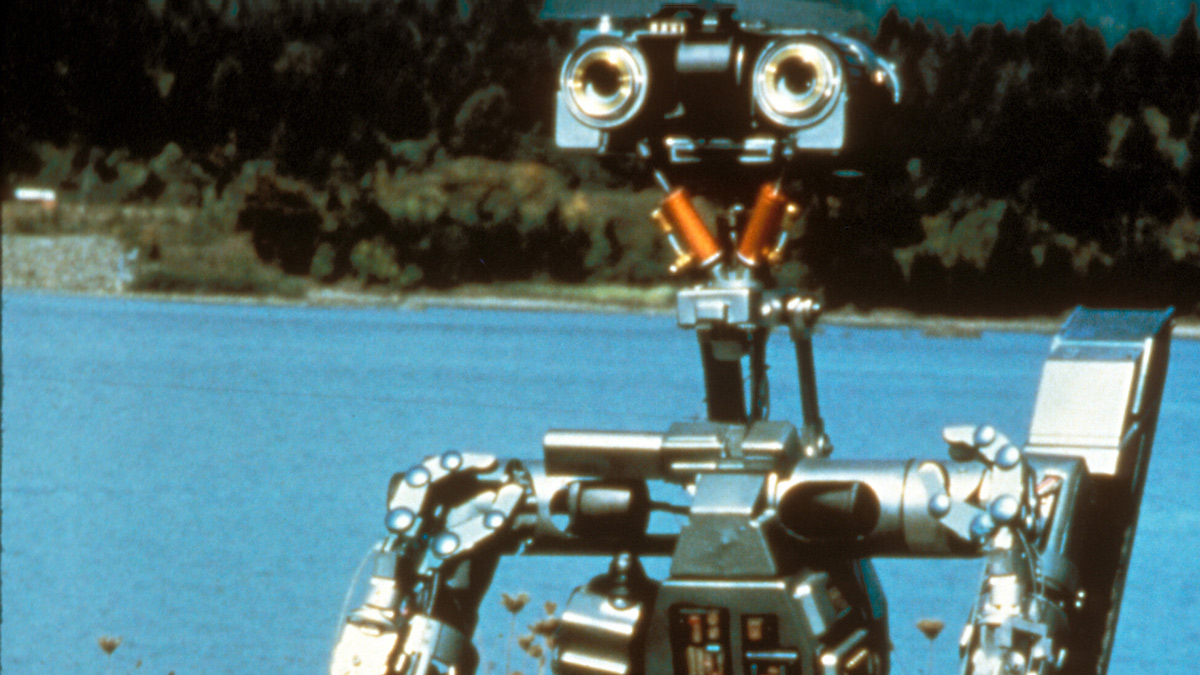
(c) Photofest / Getty Images
What are the aliens, the trio, and the monsters that influenced “Short Circuit”?
2021.04.07
“The Three Stooges” as basic comedy education
When watching an American movie, the characters are watching a black-and-white image of a threesome with a permed hair (Larry), an okappa (Moo), and a shaved hair (Curly) fighting each other with funny sound effects on the TV. There are times when I am. This is a video of ``The Three Stooges'', a comedy trio that has been active since the 1930s, mainly making short films, and their short films have been re-edited for television. In the late 1940s, when television became popular in the United States, their programs were repeatedly rebroadcast due to a lack of content in the television industry. For this reason, ``The Three Stooges'' has become a ``basic education'' that very few people in America know about.
“The Three Stooges” video
Their style is called slapstick, a type of comedy that uses mostly body action to make you laugh. When Curly or Larry become confused, it is customary for Mo to hit them at a fast pace and tsukkomi, and the reason why they still maintain their popularity is that their tsukkomi reaches the level of violence. Therefore, the characters who enjoy their programs in movies are the ones who are relaxed enough to enjoy primitive works such as people fighting each other, or who enjoy what is considered to be a lesser degree. It has meaning.
In recent years, in `` Godzilla: King of the Monsters '' (19), King Ghidorah's three heads were given the names ``Mo, Larry, and Carly'' in an attempt to duplicate the violence and distract from the fear. Director Sam Raimi is also a big fan of them, and the scene in `` The Evil Dead II '' (1987) where Ash fights with his own hand is a perfect copy of ``The Three Stooges.''
In ``Short Circuit'', robots captured by Number 5 are reprogrammed to perform a scene from The Three Stooges' `` Woman Haters ,'' a comedic portrayal that uses advanced technology to recreate a fiercely ridiculous scene. Appear.
“Frankenstein” questions life and selfhood, and jokes that didn’t hit the nail on the head

